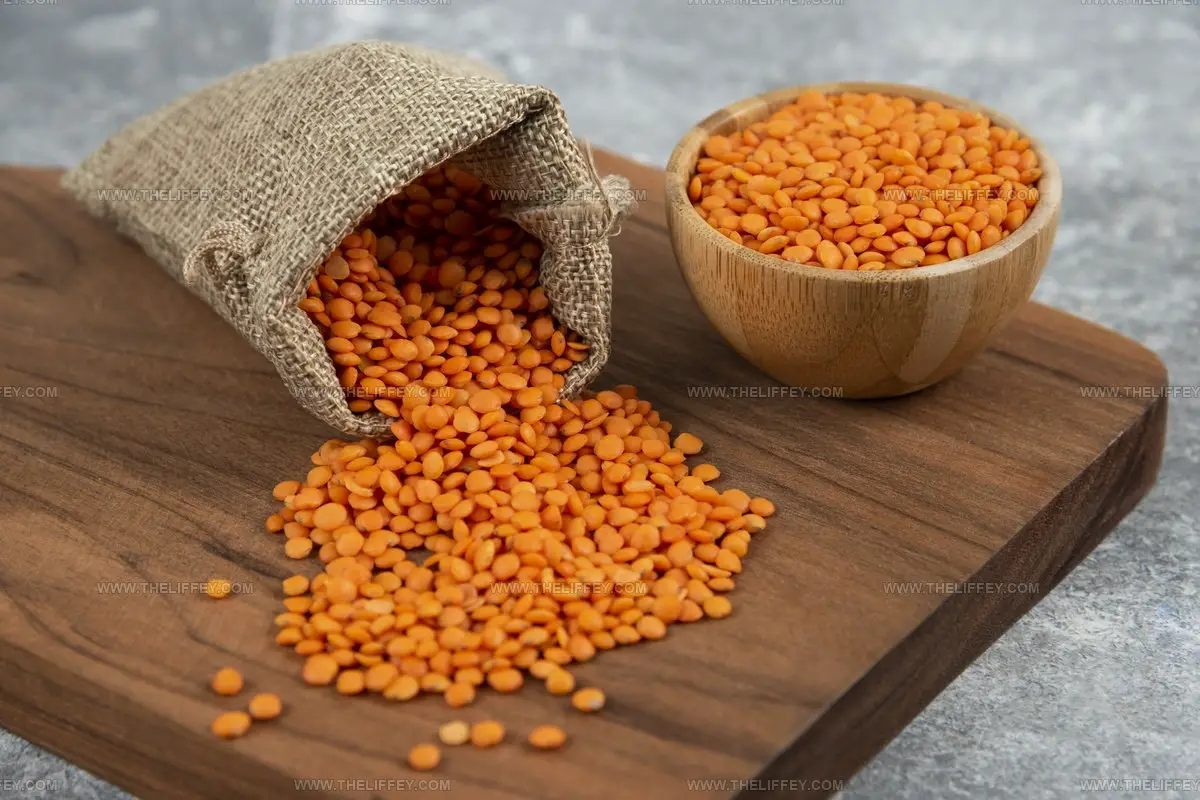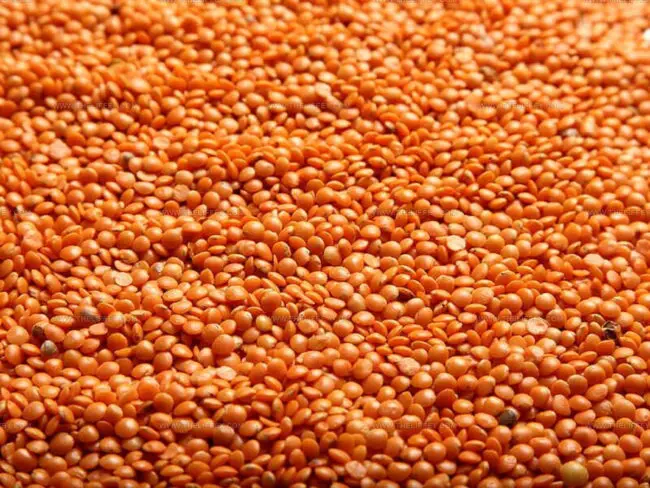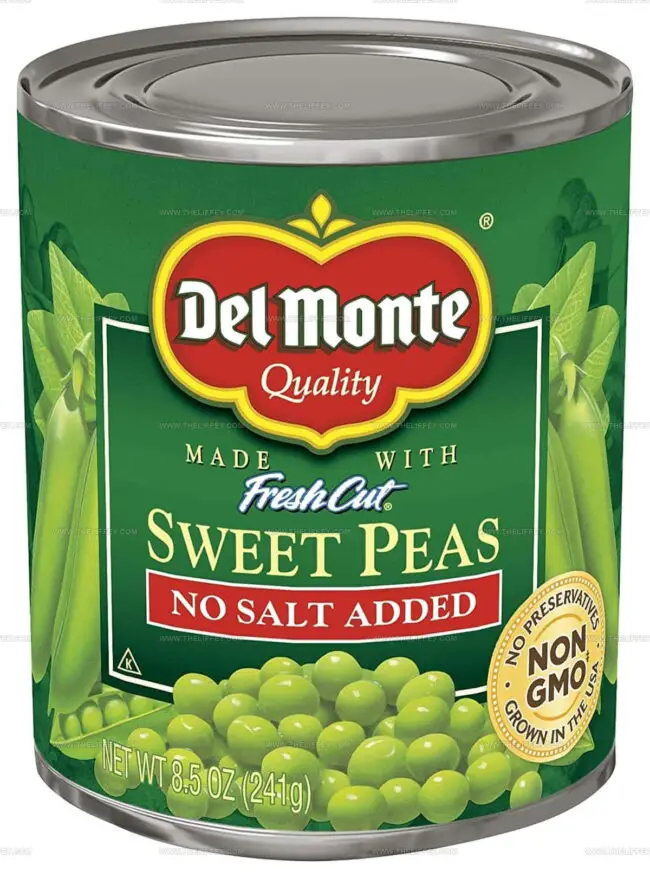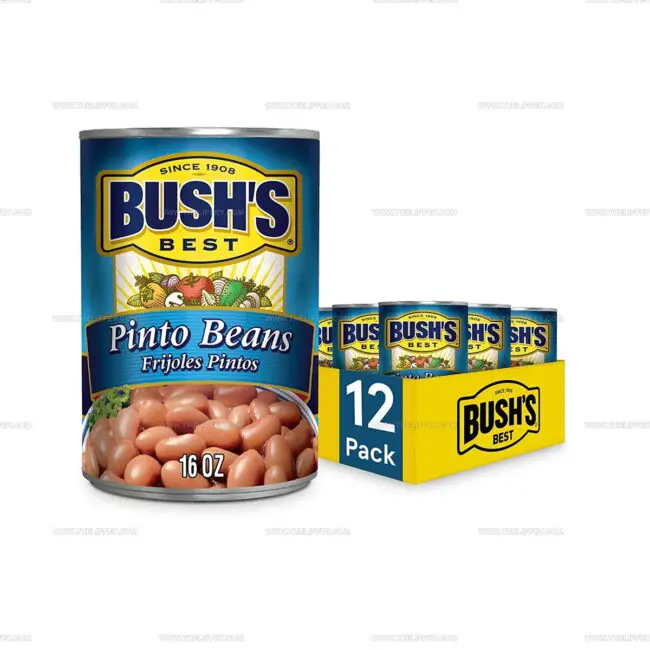3 Red Lentil Substitutes That Cook Just as Well
Red lentils cook quickly and provide earthy flavor and nutrition, but when unavailable, several alternatives shine.
Yellow lentils offer a similar texture and color, while split peas bring comparable creaminess.
Red kidney beans or chickpeas can work in heartier stews with longer cooking times.
Quinoa or bulgur may also substitute in certain recipes, adding unique textures.
Selecting a replacement depends on desired flavor, cooking time, and dish type.
These options keep your recipes nutritious and delicious despite pantry gaps.
What Makes Red Lentils Unique?
Red lentils stand out in the world of legumes for their quick-cooking nature, mild flavor, and creamy texture, making them a favorite for both speedy meals and hearty stews:
Signs You Need a Substitute: What Can Go Wrong With Red Lentils
Red lentils are usually a kitchen favorite, but sometimes things don’t go as planned, and you might need a substitute to save your recipe:
Protein-Packed Red Lentil Alternatives
Protein and heartiness are still possible with red lentil alternatives, each offering unique taste and texture. Soups, salads, and stews can all benefit. Numerous wholesome swaps can fit seamlessly into your meals.
Yellow Lentils
Yellow lentils stand as the closest substitute for red lentils in recipes due to their similar flavor profiles and cooking characteristics.
Most cooks can barely tell the difference between these two varieties when used in dishes, making yellow lentils an excellent replacement option.
Their creamy texture enhances soups and stews, creating that same thick consistency you expect from red lentils.
Some subtle differences do exist - yellow lentils require slightly longer cooking times than their red counterparts and offer a less sweet taste overall.
The color variation between the two might be noticeable in lighter-colored dishes, but this rarely affects the final taste experience in most recipes.
Peas
Peas make an excellent substitute for red lentils with their remarkably similar taste profile, as both belong to the same bean family and share many comparable features.
The flavor difference between pea soup and red lentil soup is so subtle that most people can't tell them apart when properly prepared.
From a nutritional standpoint, both options provide equal amounts of protein, making either choice beneficial for your diet.
Peas actually contain fewer calories than lentils, which might appeal to anyone watching their caloric intake.
The main distinction comes down to cooking time - lentils cook significantly faster than peas, so plan accordingly when making this substitution in recipes.
Beans
Beans offer a fantastic substitute for red lentils in many dishes, providing similar flavor and consistency despite some key differences.
Most varieties like Navy, Pinto, Garbanzo, fava, and lima beans can seamlessly replace red lentils in soups, salads, and casseroles while bringing their own unique characteristics to your cooking.
The main distinction comes from size and form - red lentils are small and split while beans generally remain whole and larger, which might affect cooking time and texture in your recipes.
This substitution works because both ingredients share fundamental properties that make them interchangeable in most cooking situations.
Tips for Combining Multiple Substitutes for Better Results
Red lentils are a pantry staple for many, but sometimes you need a substitute because things don’t go as planned in your recipe:
Red Lentil Substitutes: Common Questions
1. Are split peas a good red lentil alternative?
Split peas are a decent substitute in soups and curries. They take longer to cook but offer a similar creamy consistency when broken down.
2. What’s the best red lentil swap for Indian dal recipes?
Yellow moong dal is the top choice for Indian dishes, it softens quickly and gives the classic texture and taste found in many dal recipes.
3. Can I use canned lentils instead of red lentils?
Yes, but since canned lentils are pre-cooked and firmer, they won’t break down as much. Great for quick meals, but not ideal for creamy purées.
4. Are there any non-legume substitutes for red lentils?
For texture, cooked quinoa or mashed sweet potatoes can be used, especially in stews or patties, but the taste and nutrition will differ.
5. Do red lentils have a specific flavor that’s hard to replace?
Red lentils have a mild, slightly sweet flavor that blends well in dishes. Most swaps will be earthier, so adjusting spices may help balance flavors.
6. Can I use red lentil flour as a substitute?
Red lentil flour can be used in small amounts to thicken soups or stews but won’t replace whole lentils in texture or nutritional density.
7. What’s the best gluten-free option to replace red lentils?
All lentil varieties are gluten-free. If avoiding legumes, opt for cooked rice, cauliflower, or millet depending on the recipe.
8. How do cooking times compare with substitutes?
Red lentils cook in about 15 minutes. Green or brown lentils can take up to 30-40 minutes, and split peas around 40-50 minutes unless soaked.






Amanda Bennett
Recipe Curator & Culinary Educator
Expertise
Baking and Pastry Arts, Recipe Testing and Development, Culinary Instruction, Food Styling and Photography
Education
Asheville-Buncombe Technical Community College, Asheville, NC
Diploma in Culinary Arts
Emphasized practical cooking skills, nutrition, and kitchen management.
Cambridge School of Culinary Arts, Cambridge, MA
Certificate in Professional Pastry Arts
Specialized in baking techniques, dessert presentation, and flavor profiling
Amanda’s roots run deep in the Southern hills, where every meal started fresh from the garden and every dessert came with a story. She trained at Asheville-Buncombe Technical Community College and sharpened her pastry skills at the Cambridge School of Culinary Arts, blending classic technique with everyday charm.
At The Liffey, Amanda’s passion is making baking and home cooking feel natural and joyful. She’s all about single recipes that are simple enough for a busy afternoon, but special enough to make someone’s day a little sweeter.